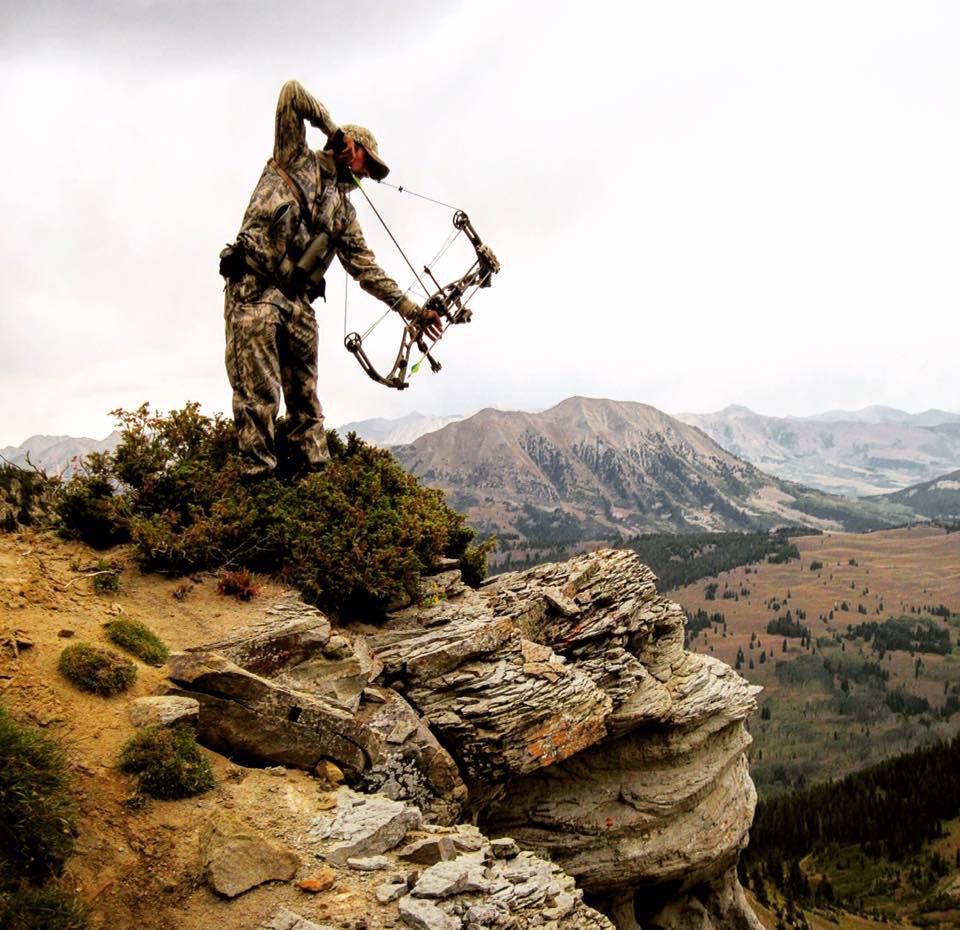Shot angle
- Thread starter Ikeepitcold
- Start date
hoshour
Veteran member
Practice, practice, practice. Shoot from a tree stand at different distances and different directions. It's helpful if you have more than one target. Do 3D shoots. If you have steep enough hills nearby, practice shooting uphill too. For longer distances make sure your rangefinder compensates for angles.
Check your bubble. Get a range finder that has angle compensation. Shot total archery challenge with a leupold rx1000 TBR DNA and had no problems on any of the angled shots. It was spot on. Keep in mind most only have angle compensation out to a certain distance, usually 100 or 125 yards.
Sent from my iPhone using Tapatalk
Sent from my iPhone using Tapatalk
HuskyMusky
Veteran member
A range finder will tell you the shot distance nowadays... or the aim like it's.... X yardage.
Essentially, the X distance regardless of site distance is the shoot for distance.
Essentially, the X distance regardless of site distance is the shoot for distance.
Hilltop
Veteran member
All advice above is solid. Form is very important as well. Bend at the waist and keep anchor point and upper body form consistent.
tdcour
Veteran member
This is key. Bending at the waist vs just dropping your arm is huge for accuracy.All advice above is solid. Form is very important as well. Bend at the waist and keep anchor point and upper body form consistent.
smith931
New Member
Hi there,
You can see many archers fall into the same trap of practicing the same shot over and over. Quickly pull out the target and shoot a couple arrows on their flat lawn they call it practice.
If you are only shooting your bow there is no accuracy. Without a good anchor point, you can’t stay accurate. Question is, how do you find a good anchor point? Get out and practice and practice. You can get up into a tree stand or even the top of your garage or shed to practice different shooting angles that way.
You can see many archers fall into the same trap of practicing the same shot over and over. Quickly pull out the target and shoot a couple arrows on their flat lawn they call it practice.
If you are only shooting your bow there is no accuracy. Without a good anchor point, you can’t stay accurate. Question is, how do you find a good anchor point? Get out and practice and practice. You can get up into a tree stand or even the top of your garage or shed to practice different shooting angles that way.
Yep this is probably one of the biggest accuracy killer.All advice above is solid. Form is very important as well. Bend at the waist and keep anchor point and upper body form consistent.
All angled shots, for archery or firearms, will produce high impacts if you don't account for the angle. The greater the angle the greater your error.
Gravity is the force that pulls the arrow or bullet down. When your projectile is moving horizontally, as opposed to moving at an up or down angle, then gravity pulls the projectile straight down for the entire horizontal distance. When the projectile is moving at a inclined or declined angle then you have to calculate the related horizontal distance rather than the straight line of sight distance. The line of sight distance (the distance of a line drawn from the shooter's eye to the target) is the same as the hypotenuse of a triangle (always the longest leg of a triangle) but the actual projectile drop is calculated by measuring the length of the horizontal leg of the triangle.
I only shoot firearms and for a rifle you don't have to worry about angled shots too much unless you are aiming up or down by 25 degrees or more and the range exceeds 400 yards or so. Time of flight has an effect on how much error you will experience, faster projectiles will have less error so I'd assume that arrows, being slower than bullets, will suffer more from this issue, especially at longer ranges.
Gravity is the force that pulls the arrow or bullet down. When your projectile is moving horizontally, as opposed to moving at an up or down angle, then gravity pulls the projectile straight down for the entire horizontal distance. When the projectile is moving at a inclined or declined angle then you have to calculate the related horizontal distance rather than the straight line of sight distance. The line of sight distance (the distance of a line drawn from the shooter's eye to the target) is the same as the hypotenuse of a triangle (always the longest leg of a triangle) but the actual projectile drop is calculated by measuring the length of the horizontal leg of the triangle.
I only shoot firearms and for a rifle you don't have to worry about angled shots too much unless you are aiming up or down by 25 degrees or more and the range exceeds 400 yards or so. Time of flight has an effect on how much error you will experience, faster projectiles will have less error so I'd assume that arrows, being slower than bullets, will suffer more from this issue, especially at longer ranges.


